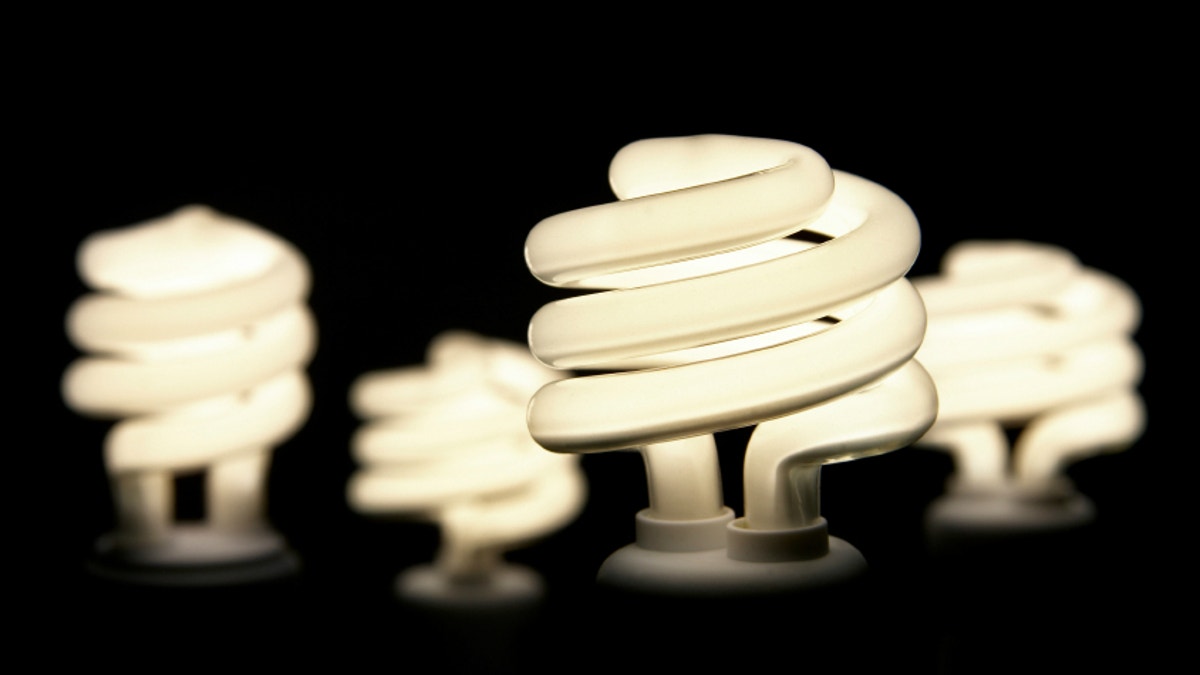
Starting in January, traditional incandescent bulbs will be on their way out the door. A 2007 bill is setting new efficiency standards for light bulb manufacturers, stating that 40 watt bulbs must draw just 10.5 W, and 60 W bulbs can only draw 11 W.
So how does this translate? Essentially, it means that incandescents will be going dark, while newer compact fluorescents (CFLs) and LED bulbs will be lighting up.
While this move is ultimately meant to conserve the nation’s available energy, the transition may actually not be so beneficial in other aspects. Broader use of CFLs may actually come with some unwanted health risks – most notably in regards to people’s skin.
The danger lies in the CFL design. Current fluorescent bulbs house a small tube of liquid mercury, and when the light is turned on, the incoming electricity changes some of that mercury into gas. This excited vapor emits invisible ultraviolet (UV) light, which is then absorbed by the bulb’s phosphor coating. The coating serves two purposes, both re-emitting the UV rays as visible light and shielding human skin from harm.
“Ultraviolet light is similar to the ultraviolet wavelengths found in natural sunlight, and we do not want huge amounts or extra amounts of ultraviolet light on our skin because it can cause biological effects that can lead to cancer,” Dr. Elma Baron, director in the lasers and photomedicine department at UH Case Medical Center in Cleveland, told FoxNews.com. “I think the chance of that happening, having UV light emission from the new bulbs, is only present when there is a defect in the coating.”
However, it seems that these defects are a definite possibility. A 2012 study from Stony Brook University found that the twisty CFL bulbs, which also use mercury, are much more likely to leak UV light compared to traditional fluorescent bulbs.
According to the research, many of these bulbs “have cracks in the phosphor coating, probably due to the fact that the coating is brittle and has trouble making the tight bends required to make these bulbs compact," explained the study’s lead author Miriam Rafailovich, a professor of materials science and engineering at Stony Brook.
As a result, the researchers found that exposure to CFL bulbs caused damage to healthy human skin cells, similar to damage seen from ultraviolet radiation. However, it remains unclear how much exposure to a cracked CFL bulb is enough to cause serious adverse health effects.
“When you’re talking about skin effects of light, it all has to do with wavelength; what’s the wavelength being emitted?” Baron said. “A 5 Joule of UVA light may not do anything, but once you get to a 20 Joule of UVA, that might cause some redness or alter some processes in the skin. So it’s a matter of dose, and I don’t think anyone has quantified what the dose is through one of those sources if something is cracked.”
Another concern surrounding CFL light bulbs has to do with their potential to trigger migraine headaches. According to Dr. Mark Green, director of the Center for Headache and Pain Medicine at the Icahn School of Medicine at Mount Sinai, current fluorescent lights are reviled by many migraine suffers, who claim certain forms of lighting can prompt painful attacks.
“The reality is [fluorescent lighting] rarely does trigger migraines, but it’s possible, and the reason for that is there is a flicker rate – the lights fire off at a certain rate,” Green told FoxNews.com. “The way we trigger migraines in the lab is to give people a strobe effect, using high density lights at a high flicker rate… So we don’t like fluorescent lights in migraine people in general.”
Green said that most migraine sufferers enjoy incandescent lighting, since it doesn’t produce any flickering sensations and has a nice warm feel. But with this change, it’s going to be harder for individuals to avoid fluorescent lights, and for the 1 or 2 percent of people who experience migraines, CFLs may exacerbate their symptoms.
“We’re all going to be living in a world of fluorescent light,” Green said. “So what we do as doctors, since we can’t change the world, we just try to treat the migraines more aggressively. When you use preventive migraine therapy, you reduce sensitivity of that part of the brain. We can’t change the trigger but we can try to change the brain’s response to the trigger.”
Fortunately, there is still an option for people worried about the potential health effects from CFLs. Considered to be the future of bulb technology, LED lights don’t contain any filaments that will burn out, and they don’t heat up very much either. Instead, they are illuminated by the movement of electrons in a semiconductor material, causing no flickering and emitting almost no UV light.
Yet, there’s a catch. LED lights are much more costly for consumers, with a six-pack of 60-Watt LEDs from Cree selling for $77.82 – $12.97 each. So if you’re looking to make the switch to LEDs, it may burn a few holes in your pockets.
